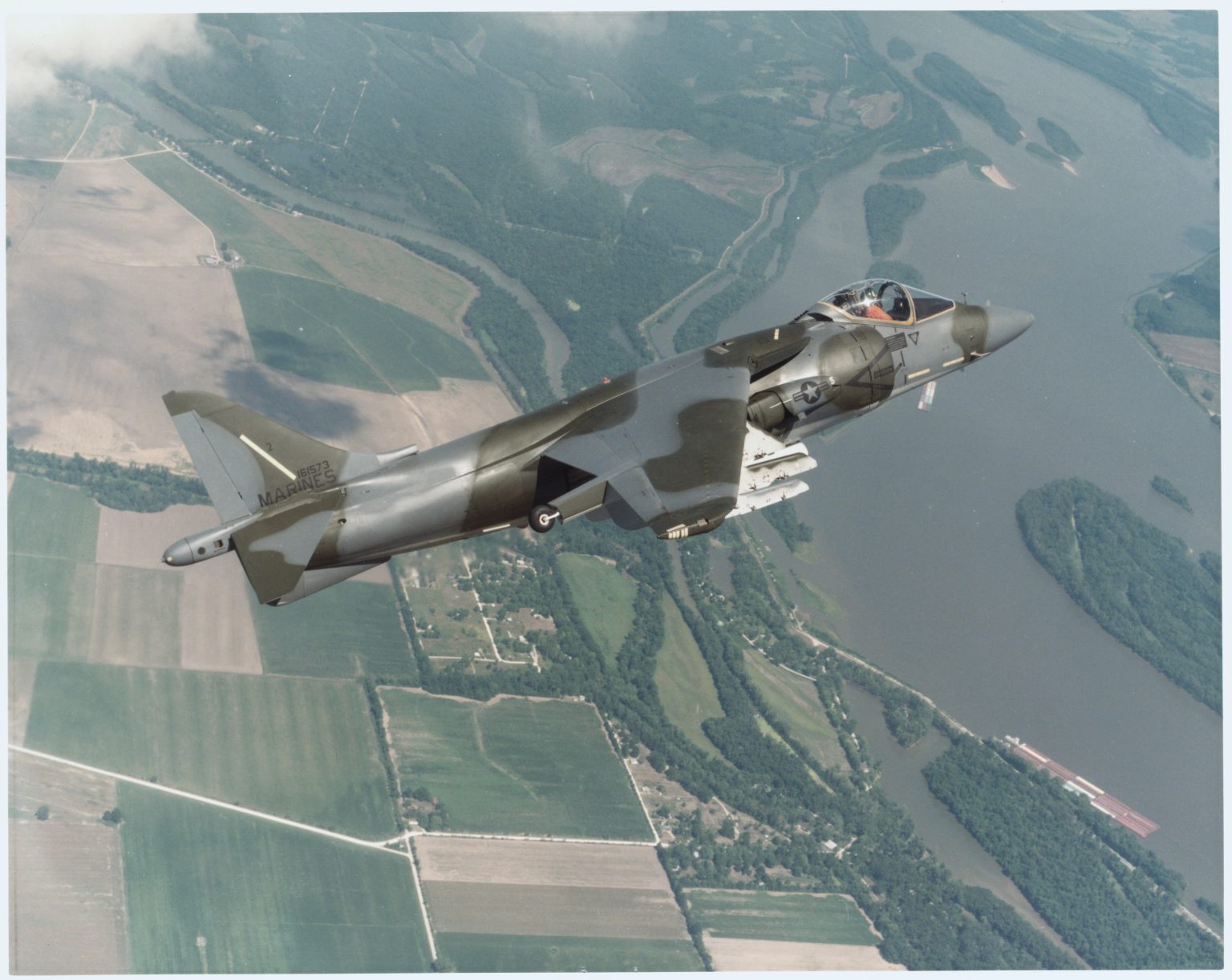The Harrier Jump Jet, a groundbreaking warplane with vertical and short take-off and landing capabilities, made its first flight on August 31, 1966. Developed in the UK, this aircraft was designed to operate from unconventional locations like motorways or forest clearings, making it difficult to spot and destroy. The Boeing AV-8B Harrier II, a modern version of the Harrier, is currently utilized by the US Marine Corps for various missions, including attacking targets, providing air-to-air defense, and conducting reconnaissance.
During the Falklands War in 1982, RAF Sea Harriers shot down 20 Argentinian fighters without suffering any losses, showcasing the exceptional capabilities of the Harrier aircraft. The initial prototype of the Harrier was developed by Hawker Siddely Aviation, which later became a part of British Aerospace. The collaboration between British Aerospace, McDonnell Douglas, and Boeing led to the production of these innovative warplanes. The RAF ordered 60 Harrier aircraft into production within a year of its maiden flight, with RAF No.1 Squadron at RAF Wittering being the first to receive the Hawker Harrier GR.1 in 1969.
A carrier-based version of the Harrier, known as the Sea Harrier, gained global recognition during the Falklands War for its impressive combat performance. Art Nalls, a retired Marine Corps test pilot, purchased a British Sea Harrier in 2006 and became the first civilian to fly the warplane in the United States. Nalls, who flew numerous aircraft throughout his career, including the F-18 and F-16, expressed his unwavering admiration for the Harrier, considering it his favorite.
Thurgood Marshall, the first black justice in the US Supreme Court, was confirmed on August 30, 1967, marking an important moment in American history. Marshall’s appointment was a significant step towards greater diversity and representation in the highest court of the land. Additionally, on August 15, 1935, entertainer Will Rogers and aviator Wiley Post tragically lost their lives in a plane crash, highlighting the risks associated with early aviation.
The Harrier Jump Jet’s exceptional performance and unique capabilities have made it a valuable asset for military operations. Its ability to take off and land in unconventional locations has provided military planners with additional flexibility and strategic advantages. The aircraft’s presence in conflicts such as the Falklands War demonstrated its effectiveness in combat situations, as highlighted by the RAF Sea Harriers’ success against Argentinian fighters. With continuous advancements in technology and ongoing use by the US Marine Corps, the Harrier remains a crucial component of modern military aviation.


